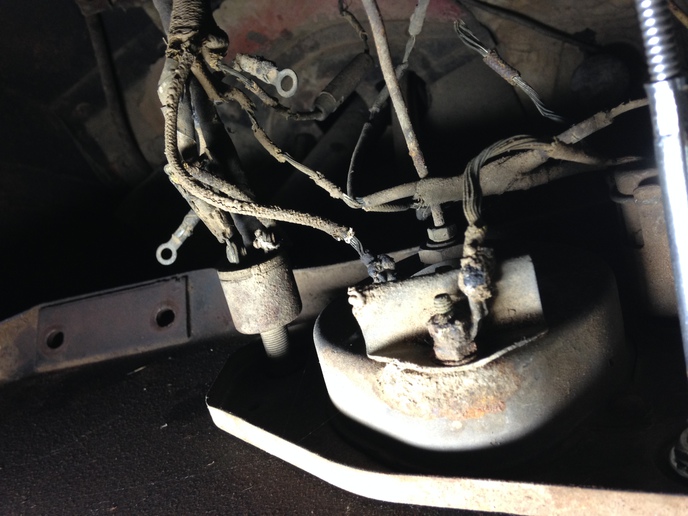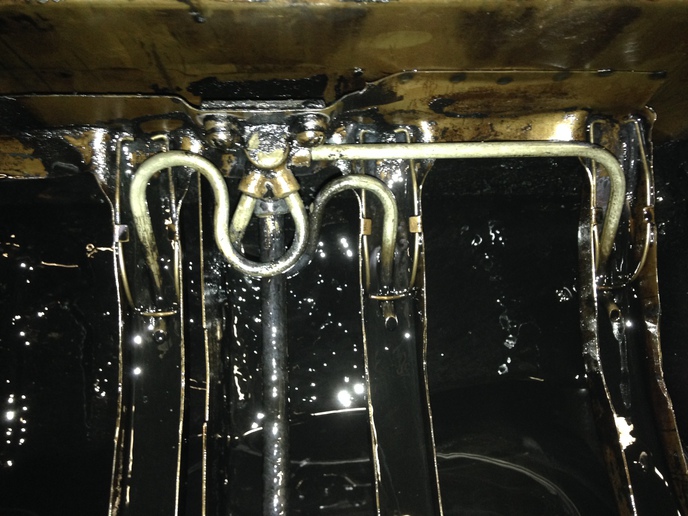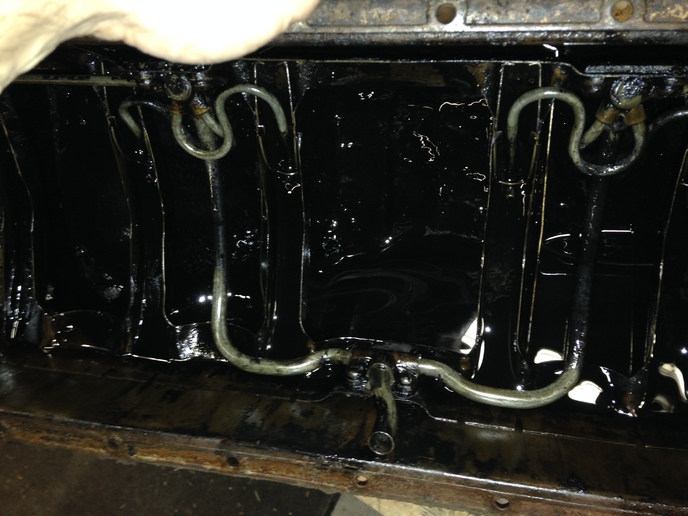notjustair
Well-known Member
On an oil sending unit supply line, at least? Here's a picture of the back of the dash on my 35 Chevy. The fuel gauge is the one with the scary wiring (which worked until I saw those wires and cut the supply line!). Under that is the oil pressure line. It appears to be 1/8 inch copper or something. It's way smaller than it appears in that photo. I've been really lucky up until this point but it will leak eventually. If the replacement isn't the exact inside diameter will it affect the gauge reading? I'm thinking with a garden hose you have the same pressure regardless of the hose diameter, but we are talking a really old oiling system that isn't truly pressurized. It has a vane oil pump and rod cap cups to help boost pressure. It runs around 15 pounds but that's clearly a miracle if you've seen the Rube Goldberg contraption producing the oil "pressure".





